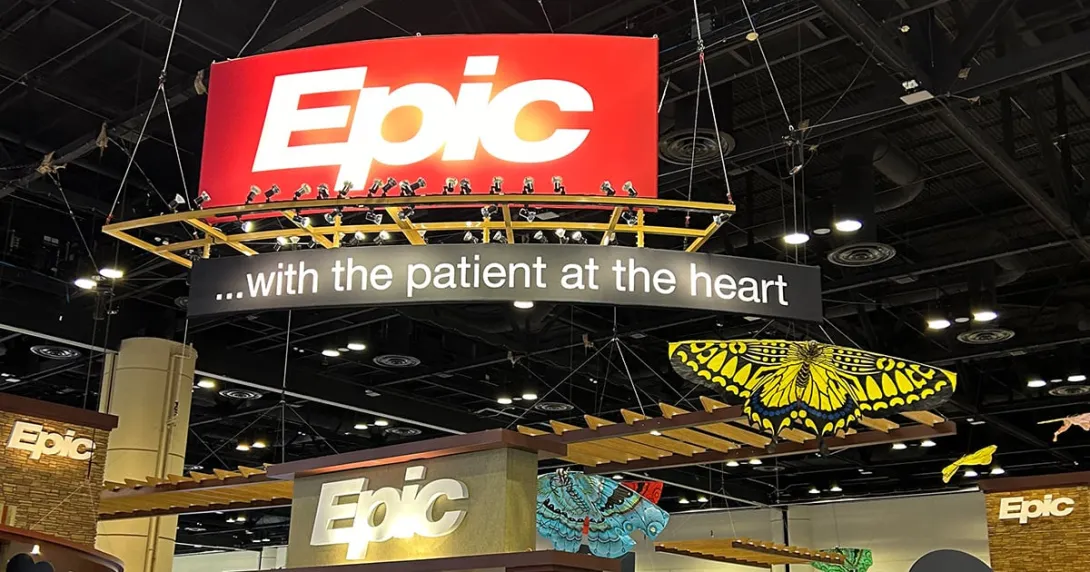The results of a new study show heart failure patients who use an interactive telehealth system spend less time in the hospital and experience a higher quality of care.
The Catalan Remote Management Evaluation (CARME) study, conducted by the Spanish Hospital Germans Trias i Pujol and supported by Philips Healthcare, is to be presented at the European Society of Cardiology's Heart Failure Congress 2010 in Berlin.
“The concept of providing educational support to heart failure patients via their television has significantly contributed to empowering them," said Dr. Josep Lupon, head of the Heart Failure Unit and main researcher of the study. "Equally important, the CARME study has shown that disseminating patient and disease specific information via the TV, through Philips Motiva, helps family members to gain a better understanding of how to effectively support their loved ones in coping with their disease. This appears to have a very strong impact on outcomes.”
Study officials said this is the first time a telehealth system combining remote patient monitoring with motivational educational support tools has been researched, and the results demonstrate significant additional value and effectiveness for managing the health of chronically ill heart failure patients. The study seems to demonstrate the expected benefit for patients to include remote educational and motivational tools for improvement in the quality of care.
“It is a great result to see clinically validated proof on the value of telehealth,” said Walter van Kuijen, general manager of Home Monitoring for Philips Home Healthcare Solutions.
The study monitored 92 patients with severe heart failure at home, and compared clinical outcomes 12 months prior to the observation period. As a result, the study showed a 68 percent decrease in patient hospitalizations due to heart failure. Patients also indicated a 62 percent increase in the quality of care, according to officials.
As a post-analysis, results showed a 22 percent decrease in patient dissatisfaction with care provided and an overall high satisfaction from physicians using the technology.


